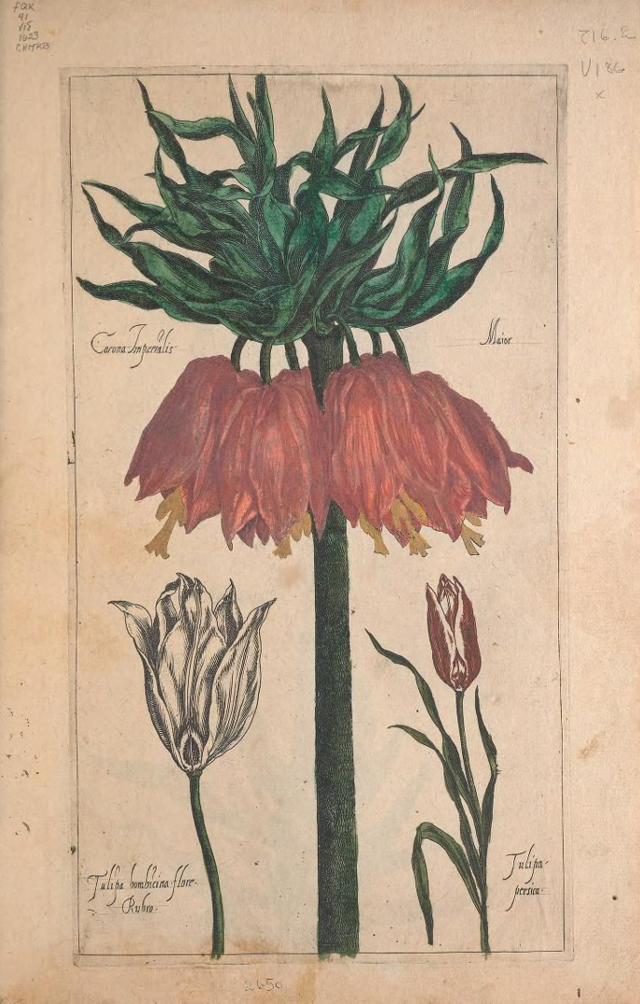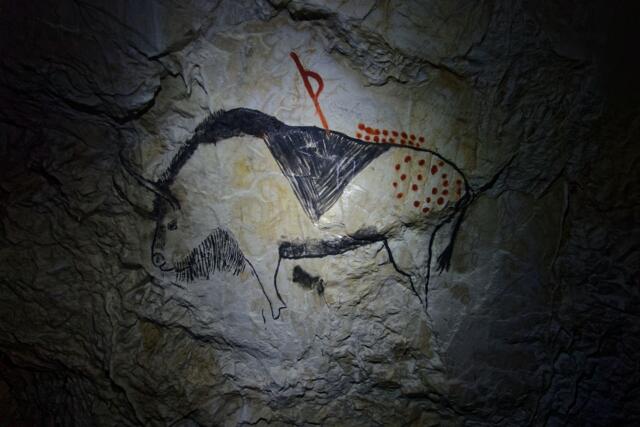
Planthunters, Since as long as we can remember
People have been collecting plants for many years; for food, for trade and as medicine. In this story we take you through the history of the "plant hunters".
Koppert Cress: The modern East India Company, But without the scurvy
Rob Baan has secretly always wanted to live and work in the Golden age, the time of the Dutch East India Company. He knows it was not the most comfortable time in human history, but what attracts him most is the great focus on discovering great flavours in distant lands.
Rob: “You can understand, every region in this world has its own range of edible plants. People cannot survive without plants, so there always must have been a certain synergy between man and plant. We were hunter-gatherers and we only went to places where there were plants and maybe some wild animals. Back then we had few tools to hunt, so our diet consisted mainly of plants.”
Growing plants really took off when people started building cities. Travellers brought vegetable seeds to the Netherlands where they were grown around cities to feed the inhabitants.
“There were many types of vegetables that we no longer know. You may have heard of forgotten vegetables. These vegetables are often forgotten for a reason because they were either not tasty or too difficult to grow, but secretly this collection is our national heritage. For thousands of years, travellers and farmers had brought all these vegetables together. Much of this vegetable exchange often went from east to west and vice versa, by horse. But almost never from north to south, because if you wanted to travel on horseback from Europe to South Africa, you first encountered a desert that you could not cross."
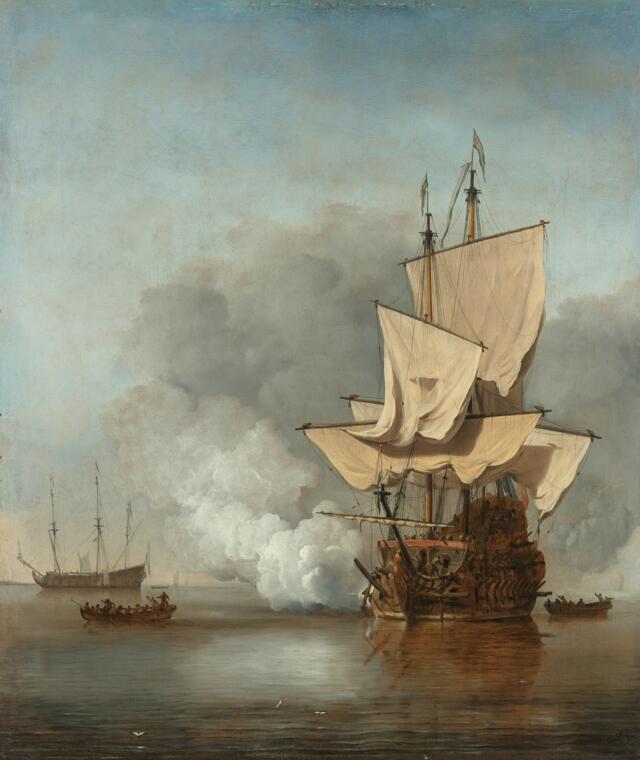
Medicinal cabbage, and other exotic plants
The solution to this problem? Nautical expeditions. Safe harbours for the East India Company ships arose along the route in Africa, India, Taiwan, Indonesia and even China and Japan. White cabbage was grown at those locations. A variety from Enkhuizen called ‘Glory of Enkhuizen’ also known as ‘Gloria’. This is a very old type of cabbage, rich in vitamin C, from which sauerkraut was made to prevent scurvy on board during long voyages.
“One of the most famous botanical gardens in France is Jardin du Roi which was originally a medicinal garden. As France expanded its overseas colonies, this garden was used as a pharmacy for the ships facing long voyages. In 1636 they had about 1,800 species of plants which had increased to 4,000 by 1665.”
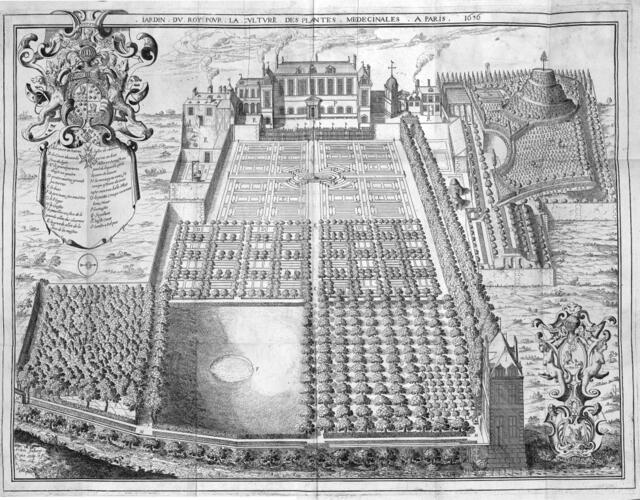
Wardian Cases, the first greenhouses ever
Increasing shipping by sea allowed plants to spread around the world and Europeans were able to bring herbs and spices such as peppers, nutmegs, ginger and other dried products to Europe. Taking plants with you on long boat trips undoubtedly caused inconveniences. Keeping the plants alive was hampered by the differences in temperature, the salty seawater, too little light or the shortage of freshwater. In 1829, Nathaniel Bagshaw Ward thought that plants had a better chance of survival if they were kept in a sealed glass enclosure with enough water and soil. These were therefore called Wardian cases and practically one of the first types of greenhouses. Our greenhouses in the Westland may not be built on a boat, but what they do have in common is the possibility to create the right climate for exotic plants. Rob: “We can already communicate quite well with plants nowadays. We may not always speak the right language, but we are at the point where we can estimate what a plant needs in order to grow optimally.”
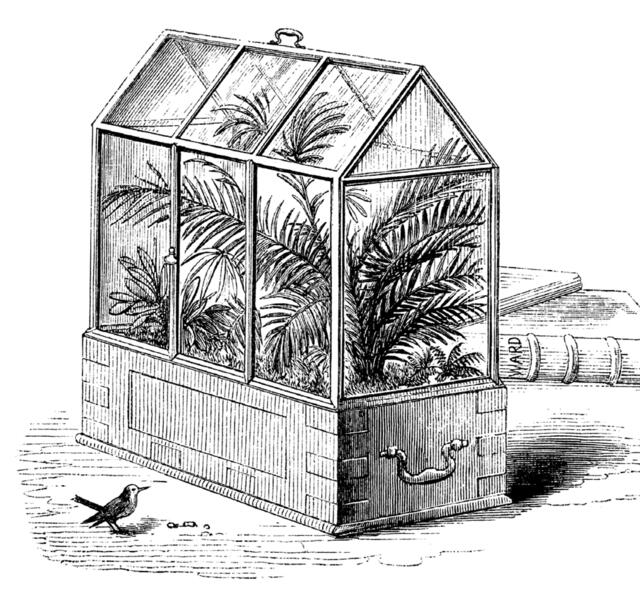
Hunting for... plants?, Hidden excitement and action
Researchers assume that we have only mapped one-third of the plant species on our planet, so plant hunting is still relevant today. In addition, we are now much more aware of the impact that the picking and shipping of plant species entails. About half of our biodiversity is threatened by the destruction of our living environment and climate change. If we don't make a case for this, we could lose plant species that are useful for future generations without even knowing they existed.
That is why plant hunting remains important. About 2000 new plant species are discovered almost every year, such as a new species of palm in a "lost world" in New Guinea, 50 new species of plants and fungi in Cameroon or a huge flowering palm in Madagascar. This offers opportunities for gastronomy to surprise its guests and also for healthcare. Rob: “We still know very little about all types of plants, but we also know very little about the content of plants. What's in a plant that makes us so healthy? We really don't know. So we can send people to the moon, but we cannot name what is in a cauliflower."
That is exactly why plants are so exciting and that offers enormous opportunities for plant growers in the Netherlands.
Would you like to experience what it's like to be a planthunter yourself? Discover our jungle garden during a cressperience.
